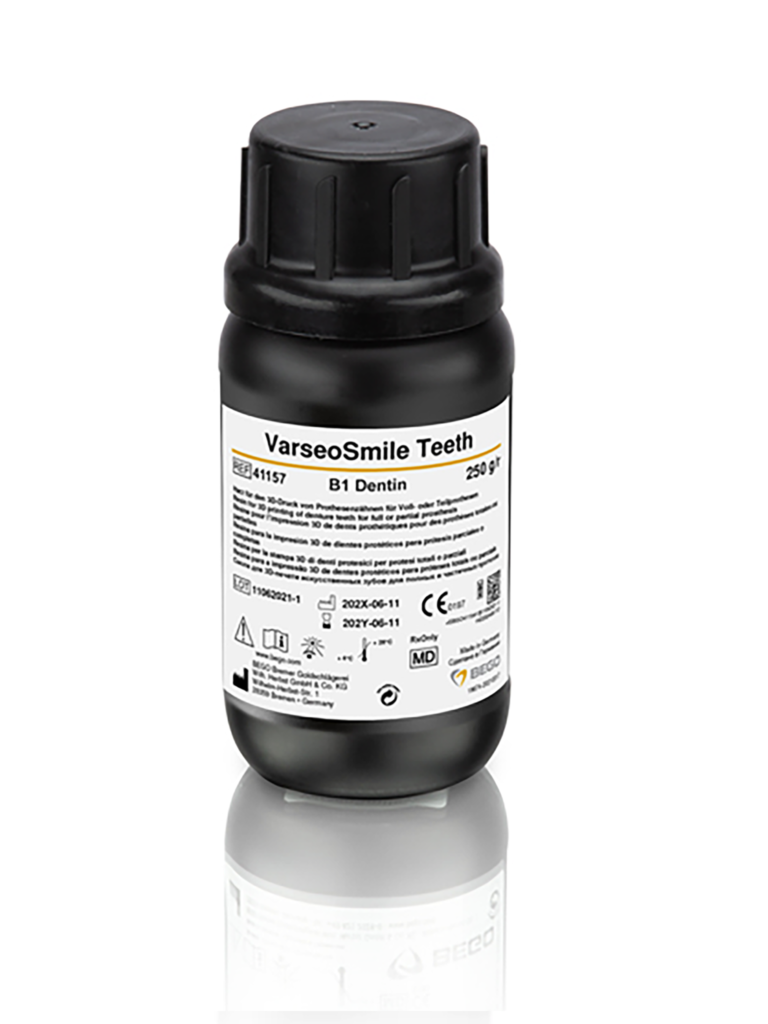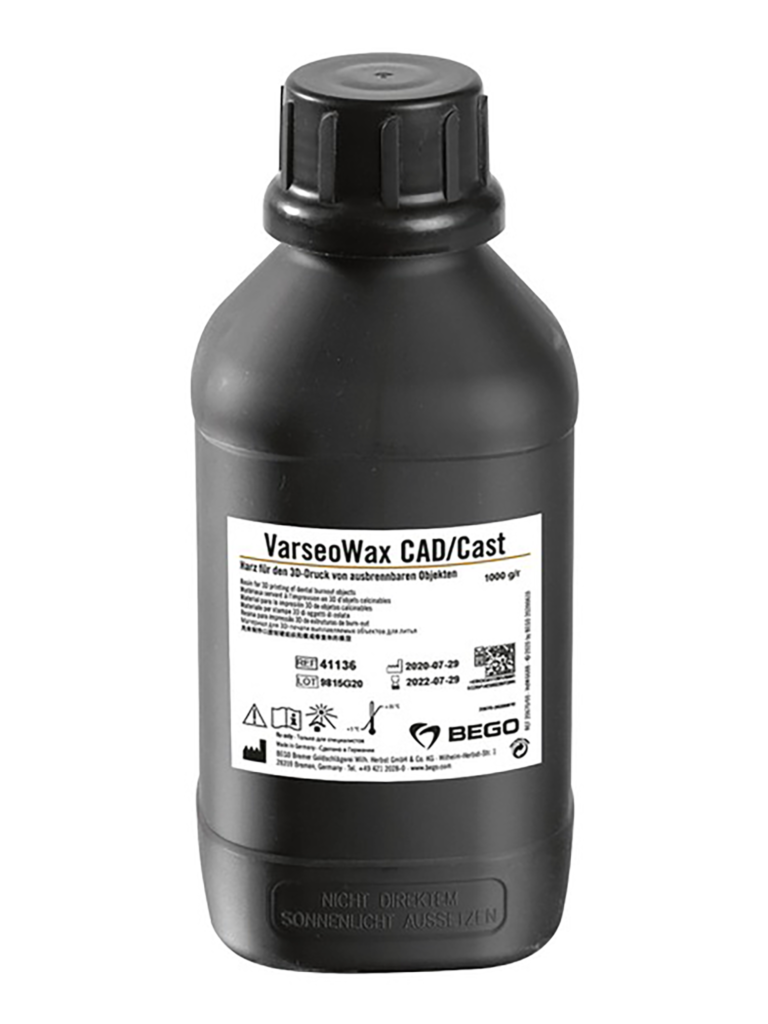First of all it is important to know that the resin changes its volume depending on the exposure time to UV light, it is therefore very important especially in the dental field to use a correct exposure parameter, this will allow you to use minimum tolerance gaps in the various processes as well as having dimensionally accurate objects. The main problems of a resin treated with incorrect exposure are summarized below.
Overexposed resin(too long exposure to UV): The object will be intact but at the same time certainly oversized and with inferior details.
Underexposed resin b>(too low UV exposure): The object may have missing parts and will certainly be undersized. Some surfaces may be less detailed.
Resin with correct exposure level: The object will be dimensionally accurate and the reproduction of STL details will be optimal.
Once these points are clarified we can begin with the development of the test.
How to print the calibration test:
Place the file in the center of the print bed and use 4 base layers (the exposure time is not important), this it is very important for the success of the print. Enter the exposure parameter for the normal layers you want to test and proceed with the slicer.

How to read the calibration test results:
Clean the test with isopropyl alcohol and blow until completely dry. Be careful not to use too high air pressure, this could detach some very fragile parts of the object. The structure of the test allows you to easily identify whether the exposure time needs to be increased or decreased or whether the latter is correct. Below are the different results with different exposure times.
Underexposure:

A low exposure time will first show missing parts as can be seen in the writing and cylinders on the right.

The two figures in the frame, the positive one and the negative one, are not continuous with each other and show a space in the center.

Positive rectangles and lines have a smaller volume than the opposite negative space and have rounded corners

The central frame should measure 1mm and instead measures 0.91 mm
Overexposure:

The printed object is present in all its parts which however appear deformed and fused together. The writing is not clearly visible.

The two figures in the frame, the positive one and the negative one, have expanded and merged with each other.

The positive rectangles are much larger than the opposing negative space and in some areas the space disappears completely.

The central frame should measure 1mm but when expanded it reaches 1.23 mm
Correct Exposure:

The writing is clearly legible, and most of the elements that make up the file are present.
PLEASE NOTE: even with correct exposure, some of the most difficult parts to print such as the cylinders smaller on the right or the thinner lines at the ends may not be present when printed. This depends on the viscosity of the resin, the resolution of the printer and the detachment speed of the bed. Focus on the following steps.

The two figures in the frame, the positive one and the negative one, converge perfectly with each other and touch only at their apex.

The positive rectangles have the same size as the opposing negative space, have clear edges and touch only in the corners.

The central frame measures perfectly 1mm.
These are the main steps to take to know the best exposure parameter for your resin. Remember, an apparently well-printed object may have dimensional accuracy issues, which is why it is very important to perform this test. At the end of the calibration you will be able to print models with die gaps and digital analogues of 0.03 – 0.04 mm.















